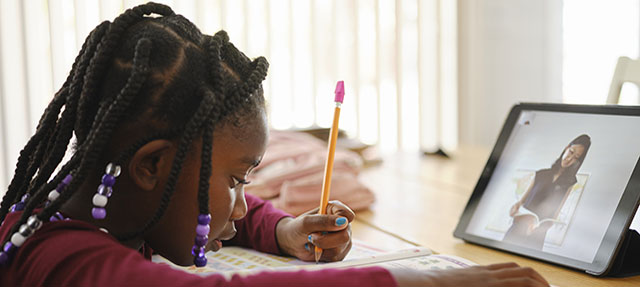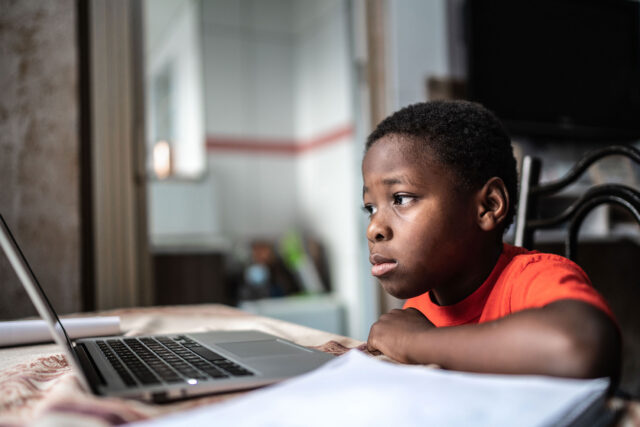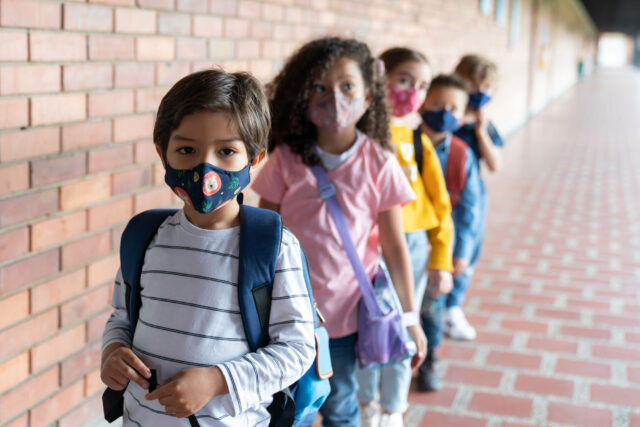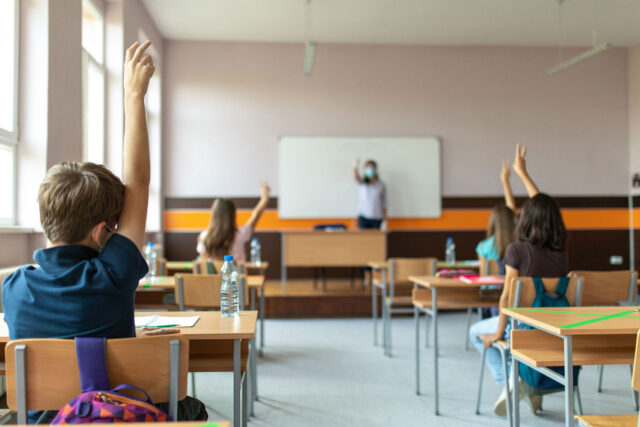When California’s K–12 schools turned to distance learning in spring 2020, instructional methods immediately shifted to paper packets, teleconferencing, and phone calls. We found that students had about three hours a week, on average, of live instruction with their teachers, and a sizable share had no live teacher contact at all in a typical week. In the fall, more students have been getting live instruction, and most are getting real-time instruction four or more days a week—though big gaps remain.
This fall, 18% of students are not getting any live instruction—down from 21% in the spring. Findings are based on the US Census Bureau’s Pulse household survey, with fall data referring to late August through mid-October.
At least a few factors may explain this small improvement. First, some students are back on campus for in-person instruction. Second, minimum instructional minutes were waived in spring 2020, but requirements have returned for the 2020–21 school year—albeit at lower levels than before the pandemic. Third, the state’s enacted 2020–21 budget requires “daily live interaction.” Finally, increased access to devices this fall may have helped students and teachers connect in real time.
While this improvement is modest overall, gaps have narrowed considerably for some students. Among low-income families, 20% of students had no live instruction in a typical week in the fall, down from 28% in the spring. The gap closed most dramatically for African American students, with 20% reporting no live instruction in the fall, down from 37% this spring.
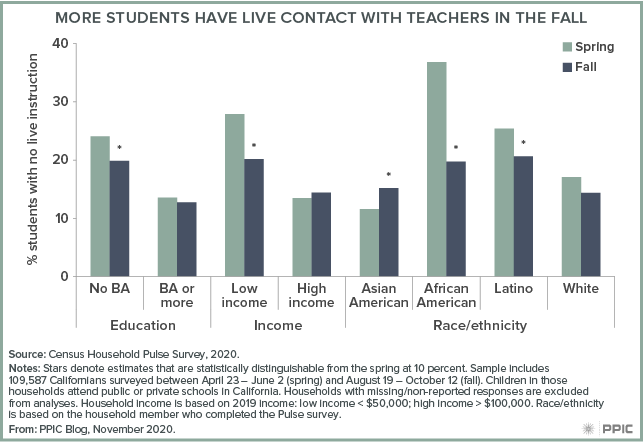
Encouragingly, the vast majority of households report frequent live contact with teachers. Nearly 70% report their children had live instruction on four or more days in a typical week in the fall. Yet gaps persist. Students in high-income families are 13 percentage points more likely than those in low-income families to report live instruction at least four days per week (75% vs. 62%). Students whose parents have a bachelor’s degree or higher are 9 percentage points more likely than those whose parents do not have a bachelor’s degree to report at least four days of live contact per week (74% vs. 65%). Racial/ethnic gaps are smaller than those by income and parental education.
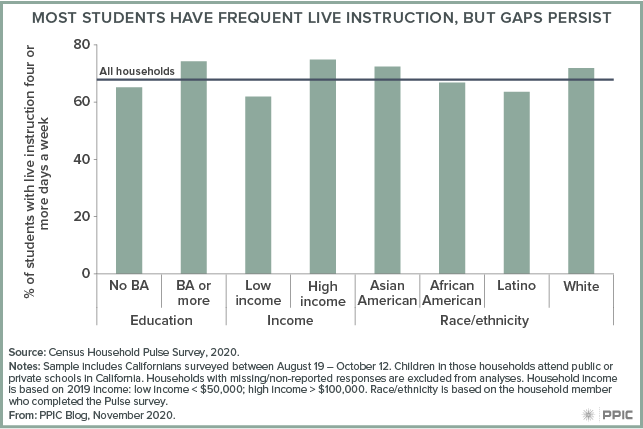
It is welcome news that live instruction has increased and gaps have narrowed since the spring. But ensuring that all students learning from home are receiving an adequate education remains a critical concern—especially as coronavirus prevalence rates have put school reopening plans on hold and many school districts have yet to reach agreements with their teachers on distance learning guidelines. Continued efforts to overcome the digital divide will be crucial, as a lack of access to reliable internet and devices means that many students are still unable to fully participate in distance learning. As remote instruction continues, a failure to address these gaps means that many students will continue to fall further behind.
